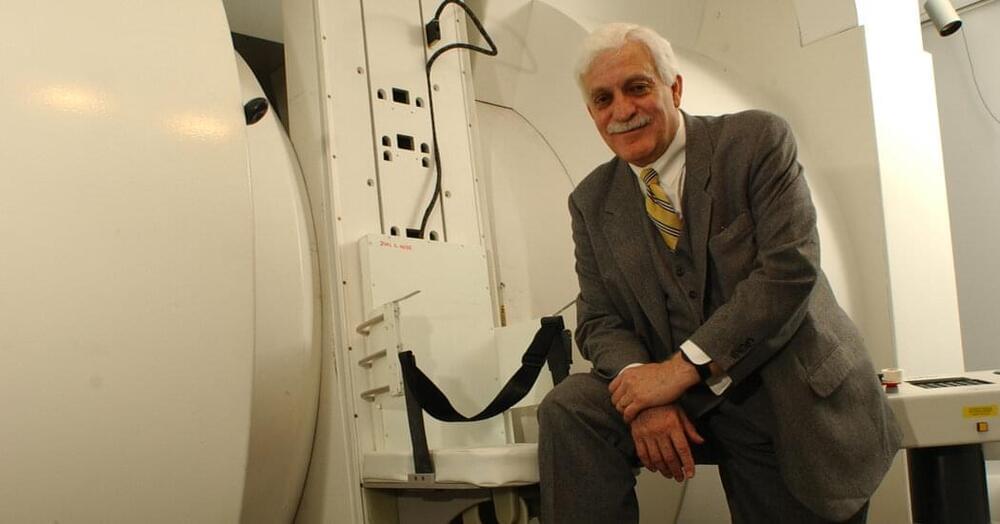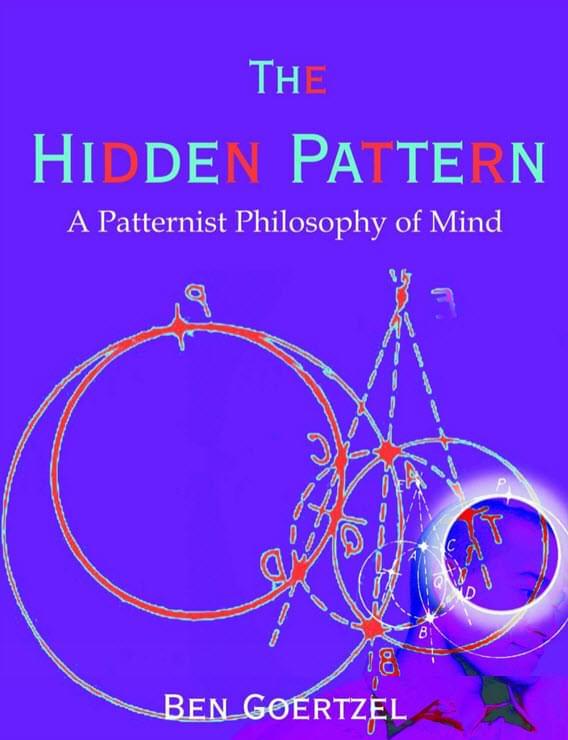These autonomous robotic pickers can harvest precisely and gently without tiring or needing a break.
Get the latest international news and world events from around the world.

James Webb Space Telescope Shows Big Bang Didn’t Happen? Wait… | News Talk
To all who see them, the new images of space taken by the James Webb Space Telescope (JWST) are awe-inspiring.
Physicist Eric J. Lerner gets to the point:
Why are JWST images causing panic among cosmologists? And the predictions of which theory do they contradict? The papers don’t really speak. The truth that is not reported in these documents is that the hypothesis that the JWST images blatantly and repeatedly contradict the Big Bang Hypothesis is that the universe began 14 billion years ago in an incredibly hot, dense state and has since the pore is expanding. Since this hypothesis has been defended for decades as an indisputable truth by the vast majority of cosmological theorists, the new data cause these theorists to panic. “Now I’m lying awake at 3 a.m.,” says Alison Kirkpatrick, an astronomer at the University of Kansas at Lawrence, “and wondering if I did everything wrong.”

Quantum Physics Could Finally Explain Consciousness, Scientists Say
Yet, in the newly-created fields of quantum physics and cognitive science, difficult and troubling mysteries still linger, and occasionally entwine. Why do quantum states suddenly resolve when they’re measured, making it at least superficially appear that observation by a conscious mind has the capacity to change the physical world? What does that tell us about consciousness?
Self-charging, ultra-thin device that generates electricity from air moisture
Imagine being able to generate electricity by harnessing moisture in the air around you with just everyday items like sea salt and a piece of fabric, or even powering everyday electronics with a non-toxic battery that is as thin as paper. A team of researchers from the National University of Singapore’s (NUS) College of Design and Engineering (CDE) has developed a new moisture-driven electricity generation (MEG) device made of a thin layer of fabric—about 0.3 millimeters (mm) in thickness—sea salt, carbon ink, and a special water-absorbing gel.
The concept of MEG devices is built upon the ability of different materials to generate electricity from the interaction with moisture in the air. This area has been receiving growing interest due to its potential for a wide range of real-world applications, including self-powered devices such as wearable electronics like health monitors, electronic skin sensors, and information storage devices.
Key challenges of current MEG technologies include water saturation of the device when exposed to ambient humidity and unsatisfactory electrical performance. Thus, the electricity generated by conventional MEG devices is insufficient to power electrical devices and is also not sustainable.





The Hidden Pattern: A Patternist Philosophy of Mind
The Hidden Pattern presents a novel philosophy of mind, intended to form a coherent conceptual framework within which it is possible to understand the diverse aspects of mind and intelligence in a unified way. The central concept of the philosophy presented is the concept of “pattern”: minds and the world they live in and co-create are viewed as patterned systems of patterns, evolving over time, and various aspects of subjective experience and individual and social intelligence are analyzed in detail in this light. Many of the ideas presented are motivated by recent research in artificial intelligence and cognitive science, and the author’s own AI research is discussed in moderate detail in one chapter. However, the scope of the book is broader than this, incorporating insights from sources as diverse as Vedantic philosophy, psychedelic psychotherapy, Nietzschean and Peircean metaphysics and quantum theory. One of the unique aspects of the patternist approach is the way it seamlessly fuses the mechanistic, engineering-oriented approach to intelligence and the introspective, experiential approach to intelligence.
Negative digital media effects
Smartphones, tablets, computer screens — all digital media has detrimental effects on your brain. That is a position that Professor Manfred Spitzer, a neuroscientist and author of several books, defends. You might like what you’ll hear, you might not, but don’t say that you haven’t been warned. Especially if you have kids running around with smartphones all day long.
Created by Rimantas Vančys.
Video footage and graphics: Envato Elements.
Additional material: NASA.
Music: Envato Elements.
For more cool science visit:
• Website: https://www.scienceandcocktails.org.
• Facebook: https://www.facebook.com/scienceandcocktailscph/
• Youtube: https://www.youtube.com/c/ScienceCocktails